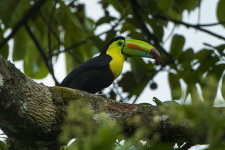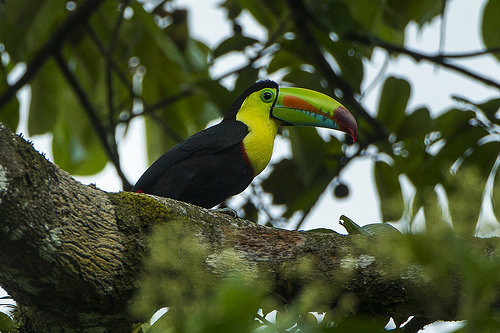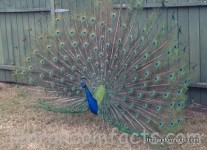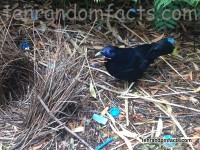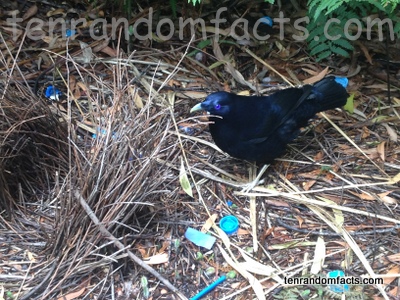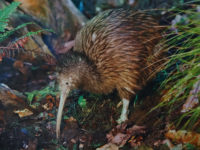
A kiwi is not your typical bird, that’s for certain!
- Kiwis are a genus of birds that do not have the ability to fly, and they are endemic to New Zealand’s forests.
- The scientific name of a kiwi is Apteryx and it is from the family Apterygidae, of which it is the sole member.
- Kiwis range from 25 to 45 centimetres (9.8 to 17.7 inches) in height, and they weigh from 1.3 to 3.3 kilograms (2.9 to 7.3 pounds).
- A kiwi lacks a tail, and it has open, narrow feathers that hide its small wings; and the bird is unique in that it has nostrils located at the tip of its beak, giving it a good sense of smell, which it uses to find food like insects, worms, and seeds.
- Kiwis are primarily active during the night, however when kept in captivity or in wildlife parks where threats by other animals are scarce, they become increasingly active during the day.
A Kiwi
Image courtesy of denisbin/Flickr
- Female kiwis typically lay a single egg per season, although some species may lay up to three or four, and the eggs can reach 15 to 20% of the female’s weight and as such, of all living birds they produce one of the largest eggs in proportion to the adult bird.
- For approximately two or three days before laying an egg in a burrow, a female kiwi must sacrifice eating as there is not enough space inside the bird to hold food.
- Kiwis were first scientifically described in 1813 by English botanist George Shaw, who had not viewed a live specimen, but rather only the skin of the bird.
- Kiwis are highly symbolic of New Zealand culture, present in many designs including the New Zealand crest and featured on the New Zealand dollar, while New Zealanders themselves are nicknamed ‘kiwis’.
- Deforestation and introduced predators have caused four of the five kiwi species to be listed as either endangered or vulnerable, and due to such threats, only one in twenty chicks are expected to reach adulthood, although there is considerable effort, some of which has been successful, to improve this statistic.
Bibliography:
About Kiwi, 2016, Kiwis for Kiwi, https://www.kiwisforkiwi.org/about-kiwi/
Facts and Threats to Kiwi, n.d, New Zealand Department of Conservation, http://www.doc.govt.nz/nature/native-animals/birds/birds-a-z/kiwi/facts/
Kiwi, 2016, A-Z Animals, http://a-z-animals.com/animals/kiwi/
Kiwi, 2016, Wikipedia, https://en.wikipedia.org/wiki/Kiwi






